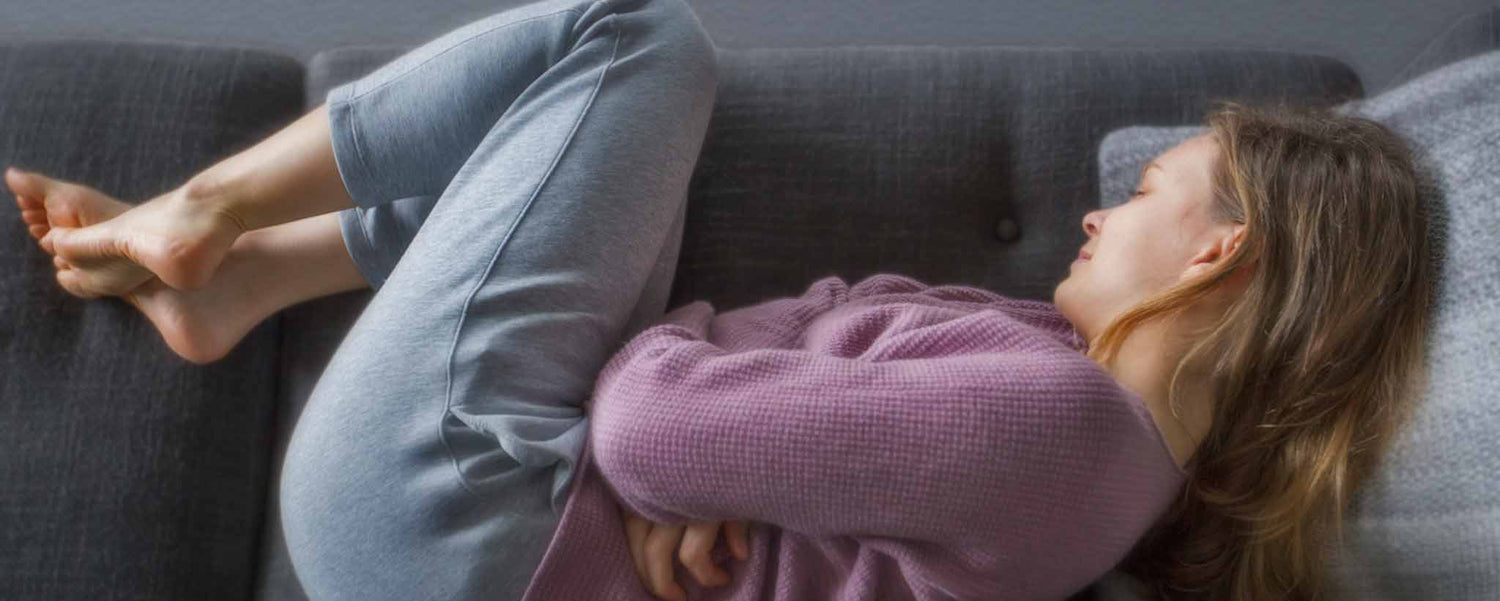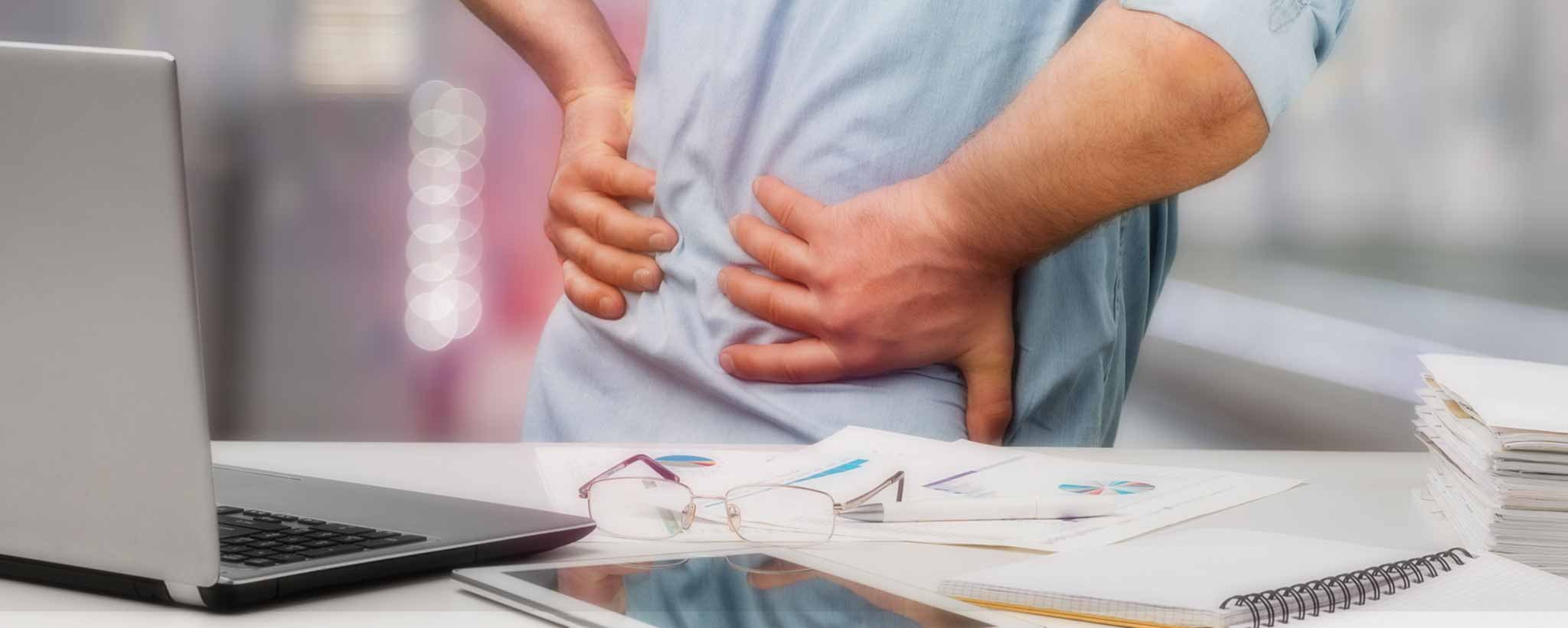Publish 2 August 2022
Patients might liken kidney stone pain to having a bullet lodged within them. Yet, treatment varies for the two scenarios.
Kidney Stones Formation
Affecting 5% of the population, kidney stones occur twice as often in men as in women. Calcium oxalate, phosphate, or both composition occurs in 60–80% of cases. Potassium phosphate may suppress calcitriol synthesis and thereby decrease calcium absorption for recurrence. Other treatments are available for various types of stones.
Small kidney stones (nephrolithiasis) can form within a few weeks. Larger ones may require several months or years to develop. For frequent formation of stones, nephrologists consider the cause and, thereafter, make appropriate recommendations.
Kidney Stone Symptoms
Every patient experiences kidney stones differently. Large kidney stones can have sharp edges that cut and cause bleeding. The presence of blood may or may not be visible to the naked eye.
Protein in your urine is called proteinuria or albuminuria. It is a sign that your kidneys are obstructed or malfunctioning. Though proteinuria may be asymptomatic, it can shorten life expectancy by more than a decade if chronic. A visual symptom of proteinuria is foamy urine. Taking too many NSAIDs like ibuprofen or acetaminophen can cause high levels of protein in urine.
After a kidney stone formation, you may experience spasms as your kidney endeavors to push out the stone. This obstruction can cause severe pain in your back or side, which may come and go in waves. Some patients experience nausea or vomiting (renal colic).
Patients may also experience pain from small (< 4mm) non-obstructing stones. Though prescriptions for pain relievers are common, ureteroscopic treatment can resolve pain.
Back pain usually subsides with rest. Kidney pain typically is a constant dull ache deep in your right or left flank—or both flanks—that often gets worse with gentle pressure. Consult a urology professional early to prevent additional symptoms.
NSAIDs Damage Kidney
Chronic pain sufferers can’t function without pain relievers. But neither can organs function long-term with them. The U.S. Food and Drug Administration recommends people take an over-the-counter non-steroidal anti-inflammatory drug (NSAID) for more than 10 days to see a doctor. Use NSAIDs in the smallest effective dose for the shortest possible time.
NSAIDs can induce several different forms of kidney injury, including hemodynamically mediated acute kidney injury (AKI); electrolyte and acid-base disorders; acute interstitial nephritis (AIN), which may be accompanied by the nephrotic syndrome; and papillary necrosis.
Important Function of Kidneys
The kidneys’ role in digestion and renal function is essential. They maintain acid balance and filter waste products from the bloodstream and dispose of them by creating urine. Without this balance, nerves, muscles, and other tissues in your body may not work normally.
Insufficient water consumption, high-oxalate intake, or excessive mineral supplements can build up into a hard mass of various sizes within the kidneys. Urine may contain more crystal-forming substances—such as calcium, oxalate, and uric acid—than the fluid in urine can dilute. At the same time, urine may lack substances that prevent crystals from sticking together, creating an ideal environment for kidney stones to form.
Possible reasons for stones include too much or too little exercise, obesity, weight loss surgery, or eating food with too much salt or sugar. Infections and family history might be factors in some people.
Kidney Stone Treatment

Of the four primary methods of kidney stone removal, three are transurethral. Stones less than 4 mm may pass through the urethra on their own. Larger stones that impede renal function or cause discomfort require intervention. Some shrink or dissolve on their own.
During ureteroscopy, a urologist uses high-energy sound waves to pulverize stones into fragments that more easily pass through the urine. A rare surgical option is a laparoscopic procedure called percutaneous nephrolithotripsy.
Kidney Gunshot Wound
Though some patients may liken kidney stones to having a bullet lodged within them, treatment varies for the two scenarios. Nonoperative management (NOM) of kidney gunshot injuries is an alternative to surgical exploration. During the study by Pradeep H Navsaria, 33 patients with kidney gunshot injuries were selected for NOM without laparotomy.
The overall successful NOM rate was 90.9%. The mean hospital stay was 5.9 days (range 2–23 days). There were no kidney-related complications and no mortality.
A bullet in the kidney is a candidate for removal when it impairs renal function or there is corresponding abdominal damage. This may warrant surgical exploration.
Similarities and Differences
The key factor for intervention in either case of foreign matter is preservation of renal function. Small stones can pass by drinking more water. Large stones are usually pulverized.
Bullets that are life-threatening and do not cause pain may be left intact or removed at the discretion of the attending physician.
To support the writing of useful articles about nephrology, ClinicalPosters sells human anatomy charts, scientific posters, and other products online. You may sponsor specific articles, become a ClinicalNovellas Member, or remit a small donation.
ClinicalPosters sells human anatomy charts, scientific posters, and other products online to offset expense of the writing useful articles about nephrology. Slide extra posters into DeuPair Frames without removing from the wall.
Show your support by donating, shopping for ClinicalPins, becoming a ClinicalNovellas Member, or leaving an encouraging comment to keep the research going.
To support the writing of useful articles about nephrology, ClinicalPosters sells human anatomy charts, scientific posters, and other products online. You may sponsor specific articles or remit a small donation.
ClinicalPosters sells human anatomy charts, scientific posters, and other products online to offset expense of the writing useful articles about nephrology. Slide extra posters into DeuPair Frames without removing from the wall.
ClinicalPosters sells human anatomy charts, scientific posters, and other products online. You may remit a small donation or become a ClinicalNovellas Member.
You can support the writing of useful articles about nephrology by sponsoring specific articles, becoming a ClinicalNovellas Member, or remitting a small donation. Visible content is optimized for device size.






 Romance & Health Intertwine. Fall in love with a captivating romance miniseries that explores the essence of well-being. Become a ClinicalNovellas member for heartwarming tales.
Romance & Health Intertwine. Fall in love with a captivating romance miniseries that explores the essence of well-being. Become a ClinicalNovellas member for heartwarming tales.





